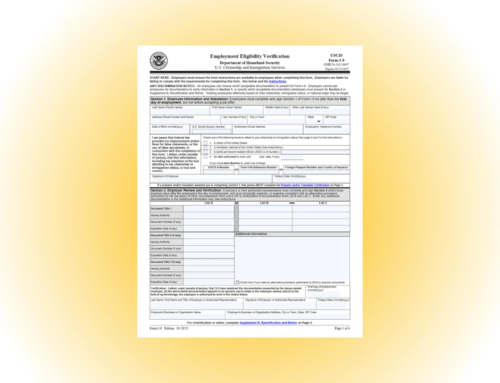The 2023 new year brings many changes for several plans recently announced by the IRS. If you or someone you know participates in a 401(k), 403(b), 457, or a government Thrift Savings Plan and many more, keep reading.
Contribution Limit Changes
Contribution limits have been increased for several retirement accounts. The individual contribution limit for 401(k) plans has increased by 10%, from $20,500 to $22,500 annually. This increase also applies to 403(b), most 457 plans, and the federal government’s Thrift Savings Plan.
Catch-up contribution limits for employees aged 50+ who participate in the above plans have increased $1,000 from $6,500 in 2022 to $7,500 in 2023. With these increased limits, those 50 and older who participate in 401(k), 403(b), most 457 plans, and the federal government’s Thrift Savings Plan can contribute up to $30,000 starting in 2023.
The IRA annual contribution limit has also increased from $6,000 to $6,500, but the catch-up contribution limit for this plan will remain the same at $1,000.
In addition, the amount that individuals can contribute to their SIMPLE retirement accounts has increased from $14,000 to $15,500, with a catch-up limit for plan participants over the age of 50 increasing from $3,000 to $3,500.
Adjustments to Phase-out Ranges
Taxpayers are also reminded by the IRS that they can deduct contributions on a traditional IRA if they meet several conditions: If either the taxpayer or taxpayer’s spouse was covered by a retirement plan at work during the year, then the deduction may be reduced or phased out until it’s eliminated, depending on filing status and income. If neither the taxpayer nor the spouse is covered by a retirement plan at work, the phase-outs of the deduction do not apply.
For single taxpayers covered by a workplace retirement plan, the phase-out range is increased to between $73,000 and $83,000, up from between $68,000 and $78,000. Married couples filing jointly, if the spouse making the IRA contribution is covered by a workplace retirement plan, the phase-out range is increased to between $116,000 and $136,000, up from between $109,000 and $129,000.
Changes have also been announced for Roth IRA accounts to be increased from between $129,000 and $144,00 to between $138,000 and $153,000 for single/head of households. For married couples filing jointly, the income phase-out range will be increased from between $204,000 and $214,000 to between $218,000 and $228,000. You can read more on the range changes on the official IRS site.
The income limit for the Saver’s Credit (also known as the Retirement Savings Contributions Credit) for low- and moderate-income workers is $73,000 for married couples filing jointly, up from $68,000; $54,750 for heads of household, up from $51,000; and $36,500 for singles and married individuals filing separately, up from $34,000.
Full details are available in IRS Notice 2022-55.




